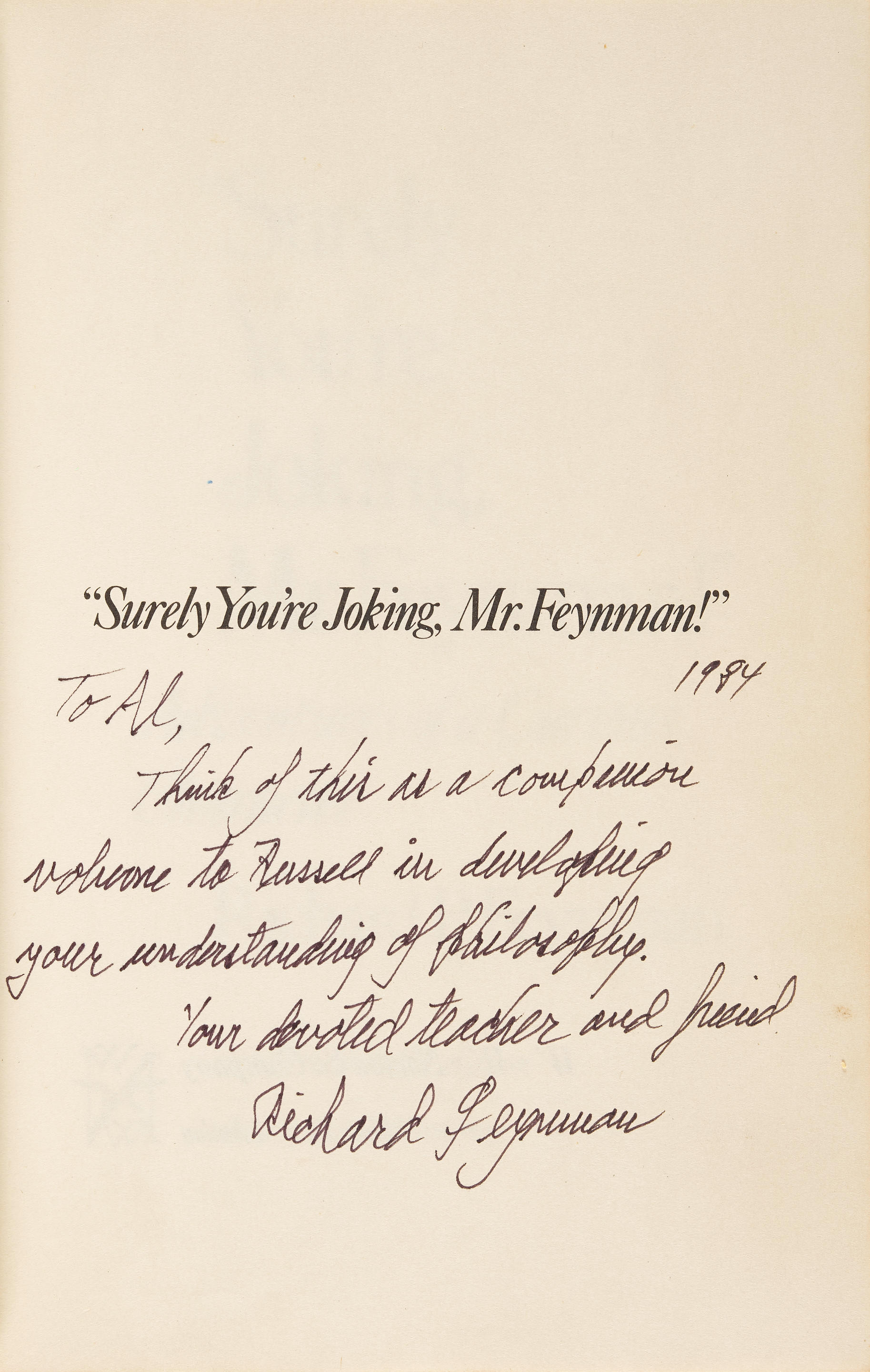[Malby's terrestrial compiled from the latest & most authentic studies.] London: [James Wyld, 1867]. Terrestrial globe, diameter 36 inches (920 mm). The globe made up of two sets of 48 hand-colored engraved globe gores, with polar calottes, the surface with some cracks along gore edges, carefully restored in the Pacific and the Atlantic touching Brazil, with the title cartouche redrawn. Later graduated brass horizon meridian, later horizon paper, the horizon supported by a tripod veneered wooden stand, central wooden mahogany support, and base. Overall width 43 inches (110 mm), overall height 56 inches (1420 mm). A monumental terrestrial globe, called the "Colossus Globe" by Wyld, the largest and one of the rarest globes to be issued by any British globe maker. In a sense it was the British version to the large Coronelli and Nolin globes of the late 16th and 17th centuries, constructed for the Royalty of Europe. In the early 19th century the economic successes of Britain on the world stage required an equally large globe for the upper class clientele of Britain. The first British 3-foot diameter globe was issued by Thomas Addison in 1825, after which the gores came down to Malby & Co. around 1845, who reissued the globe in 1849. Famously, a monumental pair were on show at the Great Exhibition in 1851. With the demise of the Malby firm in 1860, these gores passed on to James Wyld, who published the globe again in 1867. James Wyld was also captivated by large globes, renting a plot in Leicester Square, and building a walk in Georama within a 20 meter diameter globe structure, which was in use from 1851 to 1862. Although this globe has no clear original title cartouche, we can date this example to its production by James Wyld by the style of the stand and the quality of engraving. See Dekker Globes at Greenwich ZBA0353 (The Wyld 3 feet diameter terrestrial).
[Malby's terrestrial compiled from the latest & most authentic studies.] London: [James Wyld, 1867]. Terrestrial globe, diameter 36 inches (920 mm). The globe made up of two sets of 48 hand-colored engraved globe gores, with polar calottes, the surface with some cracks along gore edges, carefully restored in the Pacific and the Atlantic touching Brazil, with the title cartouche redrawn. Later graduated brass horizon meridian, later horizon paper, the horizon supported by a tripod veneered wooden stand, central wooden mahogany support, and base. Overall width 43 inches (110 mm), overall height 56 inches (1420 mm). A monumental terrestrial globe, called the "Colossus Globe" by Wyld, the largest and one of the rarest globes to be issued by any British globe maker. In a sense it was the British version to the large Coronelli and Nolin globes of the late 16th and 17th centuries, constructed for the Royalty of Europe. In the early 19th century the economic successes of Britain on the world stage required an equally large globe for the upper class clientele of Britain. The first British 3-foot diameter globe was issued by Thomas Addison in 1825, after which the gores came down to Malby & Co. around 1845, who reissued the globe in 1849. Famously, a monumental pair were on show at the Great Exhibition in 1851. With the demise of the Malby firm in 1860, these gores passed on to James Wyld, who published the globe again in 1867. James Wyld was also captivated by large globes, renting a plot in Leicester Square, and building a walk in Georama within a 20 meter diameter globe structure, which was in use from 1851 to 1862. Although this globe has no clear original title cartouche, we can date this example to its production by James Wyld by the style of the stand and the quality of engraving. See Dekker Globes at Greenwich ZBA0353 (The Wyld 3 feet diameter terrestrial).















Testen Sie LotSearch und seine Premium-Features 7 Tage - ohne Kosten!
Lassen Sie sich automatisch über neue Objekte in kommenden Auktionen benachrichtigen.
Suchauftrag anlegen